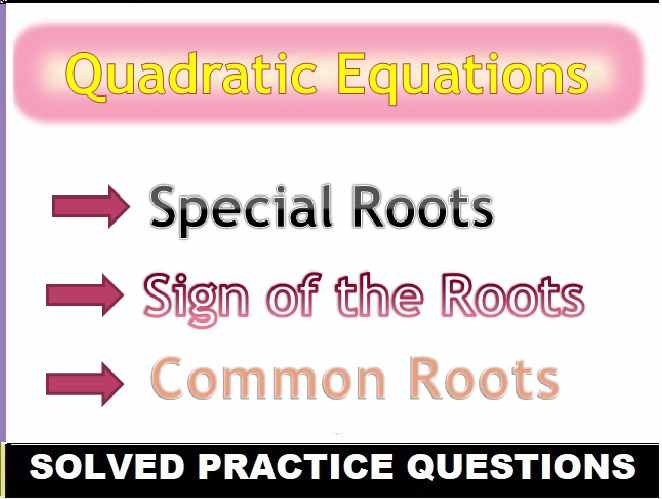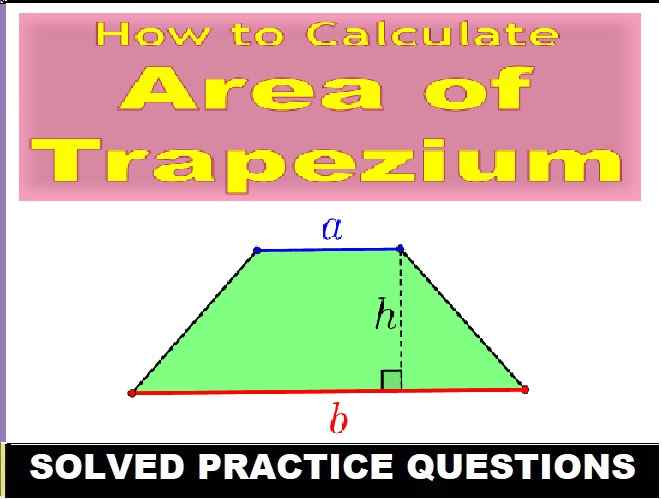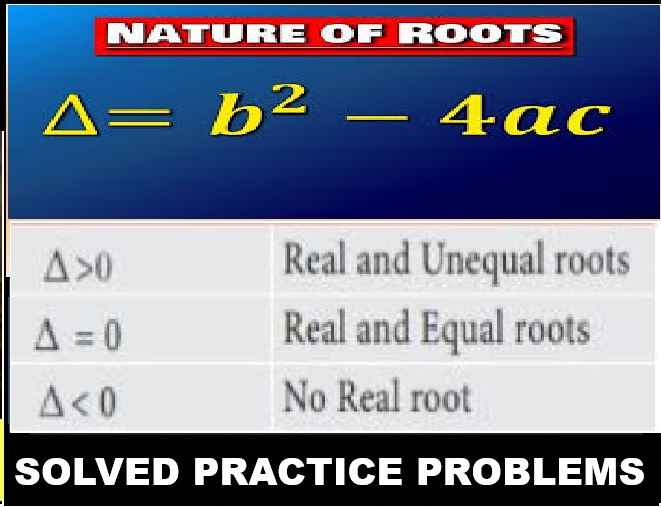ISC Physics Semester-1 Solved Specimen Paper 2022 Class-12 for practice. Step by step solutions of ISC Class-12 specimen model sample paper . During solutions of semester-1 Physics specimen paper we explain with figure , graph, table whenever necessary so that student can achieve their goal in next upcoming exam of council .
ISC Physics Semester-1 Solved Specimen Paper 2022 Class-12
| Board | ISC |
| Class | 12th (XII) |
| Subject | Physics |
| Topic | Semester-1 ISC Specimen Paper Solved |
| Syllabus | on bifurcated syllabus (after reduction) |
| session | 2021-22 |
| Question Type | MCQ/ Objective (as prescribe by council) |
| Total question |
Total=50 |
| Max mark |
70 |
Solved Class-12 for practice Set of Physics Semester-1 ISC Specimen Model Sample Paper
Warning :- before viewing solution view Question Paper
Question-1
The ratio of forces between two small spheres having a constant charge ‘q’ when placed in air to when placed in a medium of dielectric constant K, is;
Solution
Options (a) 1: K is correct
Explanation
Solution see in bottom
Question-2
When a soap bubble is given a positive charge, then its radius:
(a) Decreases
(b) Increases
(c) Remains unchanged
(d) Nothing can be predicted as information is insufficient
Solution
Options (b) Increases is correct
Explanation
Solution see in bottom
Question-3
Four charges are arranged at the corners of a square
ABCD, as shown in the adjoining figure. The force on the charge ‘Q’ kept at the centre O is:
(a) Zero
(b) Along the diagonal AC
(c) Along the diagonal BD
(d) Perpendicular to side AB
Solution
Options (c) Along the diagonal BD is correct
Explanation
Solution see in bottom
Question-4
The surface charge density of a conductor, in the absence of another conductor: [1]
(a) Is proportional to the charge on the conductor and its surface area
(b) Inversely proportional to the charge and directly proportional to the surface area
(c) Directly proportional to the charge and inversely proportional to the surface area
(d) Inversely proportional to the charge and the surface area
Solution
Options (c) Directly proportional to the charge and inversely proportional to the surface area is correct
Explanation
Solution see in bottom
Question-5
Which of the following is not the characteristic of resonance in an LCR series circuit?
(a) ………
(b)…………..
(c) ………….
(d) …………..
Solution
Options(c) 2πfL = 2πfC is correct
Explanation
Solution see in bottom
Question-6
A graph showing variation in impedance Z of a series LCR circuit, with frequency f of alternating emf applied to it is shown below. What is the minimum value of this impedance
(a) ………
(b)…………..
(c) ………….
(d) …………..
Solution
Options (a) R is correct
Explanation
Solution see in bottom
Question-7
An electric dipole of moment 𝑝⃗ is placed in a uniform electric field 𝐸⃗⃗. It has maximum (negative) potential energy when the angle between 𝑝⃗ and 𝐸⃗⃗ is:
(a) ………
(b)…………..
(c) ………….
(d) …………..
Solution
Options (c) π is correct
Explanation
Solution see in bottom
Question-8
A charge placed at a distance from a short electric dipole in the end-on position experiences a force F. If the distance is halved, then the force will become:
(a) 4F (b) 8F
(c) F/4 (d) F/8
Solution
Options (b) 8F is correct
Explanation
Solution see in bottom
Question-9
In figure 3 given below, Electric field intensity ‘E’ at a point P, at a perpendicular distance ‘r’ from an infinitely long line charge X’X having linear charge density is given by:
(a) ………. (b) ………….
(c) ………… (d) ………..
Solution
Options (b) 𝐸 = (1/4𝜋𝜖0)2𝜆/r is correct
Explanation
Solution see in bottom
Question-10
Three capacitors, each of capacitance C, are connected in series. Their equivalent capacitance is Cs. The same three capacitors are now connected in parallel. Their equivalent capacitance becomes Cp. The ratio of Cp to Cs is:
(a) 9 : 1 (b) 1 : 9
(c) 3 : 1 (d) 1 : 3
Solution
Options (a) 9 : 1 is correct
Explanation
Solution see in bottom
Question-11
The charges q1 = 3F, q2 = 4F and q3 = -7F are placed on the circumference of a circle of radius 1.0m as shown in the figure below. What is the value of charge q4 placed on the same circle if the potential at the centre is
(a) -4µF (b) -3µF
(c) 7µF (d) 0
Solution
Question is wrong
Explanation
two question asked but option is one
Question-12
Three equal charges of 5.0µC each, are placed at the three vertices of an equilateral triangle of side 5.0cm each. The electrostatic potential energy of the system
of charges is:
(a) 13.5 J (b) 17.5 J
(c) 27 J (d) 15 J
Solution
Option (a) 13.5 J is Correct
Explanation
Solution see in bottom
Question-13
Three capacitors C1 = 3µF, C2 = 6µF and C3 = 10µF are connected to a 50V battery as shown in the figure below::
(a) 12µF, 150C (b) 4.75µF, 100C
(c) 12µF, 100C (d) 4.75µF, 150C
Solution
Option (c) 12µF, 100C is Correct
Explanation
Solution see in bottom
Question-14
A substance behaves like a magnet only if there are:
(a) at least some tiny current loops within the magnet
(b) stationary charges within the magnet
(c) magnet within the magnet
(d) none of these
Solution
Option (a) at least some tiny current loops within the magnet is Correct
Explanation
Solution see in bottom
Question-15
A straight long wire is turned into a loop of radius R = 10 cm, as shown in figure 6 below. If a current I = 16 A is passed through the wire, then the magnetic field at
the centre of the loop is:
(a) 3.4 × 10−5𝑇 (b) 6.8 × 10−5𝑇
(c) 1.7 × 10−5𝑇 (d) 5.1 × 10−5T
Solution
Option (c) 1.7 × 10−5𝑇 is Correct
Explanation
Solution see in bottom
Question-16
The current in the circuit shown in figure 7 below, will b
(a) 1/45 A (b) 1/15 A
(c) 1/10 A (d) 1/5 A
Solution
Option (c) 1/10 A is Correct
Explanation
Solution see in bottom
Question-17
The current in the circuit shown in figure 7 below, will b
(a) ……… (b) ……….
(c) ………….(d) …………
Solution
Option (b) (E-V)R/V is Correct
Explanation
Solution see in bottom
Question-18
The figure 8 given below shows currents in a part of an electric circuit. The current i is
(a) 1.7 A (b) 3.7 A
(c) 2.7 A (d) 4.7 A
Solution
Option (b) 3.7 A is Correct
Explanation
Solution see in bottom
Question-19
n identical cells each of e.m.f. E and internal resistance r are connected in parallel. An external resistance R is connected in series to this combination. The current
through R is:
(a) … (b) ……..
(c) ……… (d) ………
Solution
Option (b) nE/nR + r is Correct
Explanation
Solution see in bottom
Question-20
The circuit shown in figure 9 below is used to compare the e.m.f. of two cells E1 and E2 where E2 > E1. The null point is at C when the galvanometer is connected to E1. When the galvanometer is connected to E2, the null point will b
(a) To the left of C (b) To the right of C
(c) At C itself (d) Nowhere on AB
Solution
Option (b) To the right of C is Correct
Explanation
Solution see in bottom
Question-21
Figure 10 given below shows a graph of emf ‘ε’ generated by an ac generator verses time. What is the frequency of the emf?
(a) 10 Hz (b) 0.10 Hz
(c) 20 Hz (d) 50 Hz
Solution
Option (a) 10 Hz is Correct
Explanation
Solution see in bottom
Question-22
If m, e, and n respectively represent the mass, charge, average relaxation time and density of the electron, then what will be the resistance of a wire of length l and area of cross-section A?
(a)………. (b) …….
(c) ………. (d) ………..
Solution
Option (a) ml / ne2 A is Correct
Explanation
Solution see in bottom
Question-23
The drift velocity of a current carrying conductor is v. What will be the drift velocity if the current flowing through the wire is doubled?
(a) v / 4 (b) v / 2
(c) 2v (d) 4v
Solution
Option (c) 2v is Correct
Explanation
Solution see in bottom
Question-24
The resistance of a wire is 10. It is stretched so that its length becomes four times. What will be the new resistance of the wire?
(a) 40 Ω (b) 160.0 Ω
(c) 120 Ω (d) 80.0 Ω
Solution
Option (b) 160.0 Ω is Correct
Explanation
Solution see in bottom
Question-25
What is the angle between the current element 𝑑𝑙 ⃗⃗⃗⃗ and the magnetic flux density 𝐵⃗⃗ at point ‘P’ in the figure 11 given below
(a) Parallel to each other
(b) Perpendicular to each other
(c) Normal to each other
(d) Any angle between them is possible
Solution
Option (a) Parallel to each other is Correct
Explanation
Solution see in bottom
Question-26 to Question 50 update today
PDF Solutions of ISC Class-12 Physics Semester-1 Specimen Paper
Video Solutions of ISC Class-12 Physics Semester-1 Specimen Paper
Other Subject Solved Specimen Paper for ISC Class-12 Semester-1
thanks
please share with your friends



In ques 1 , answer will K:1 rather than 1:K
thanks for analysis
!st answer is wrong. It should be (a) K:1 instead of 1:K
yes but focus on sem-2 exam preperation